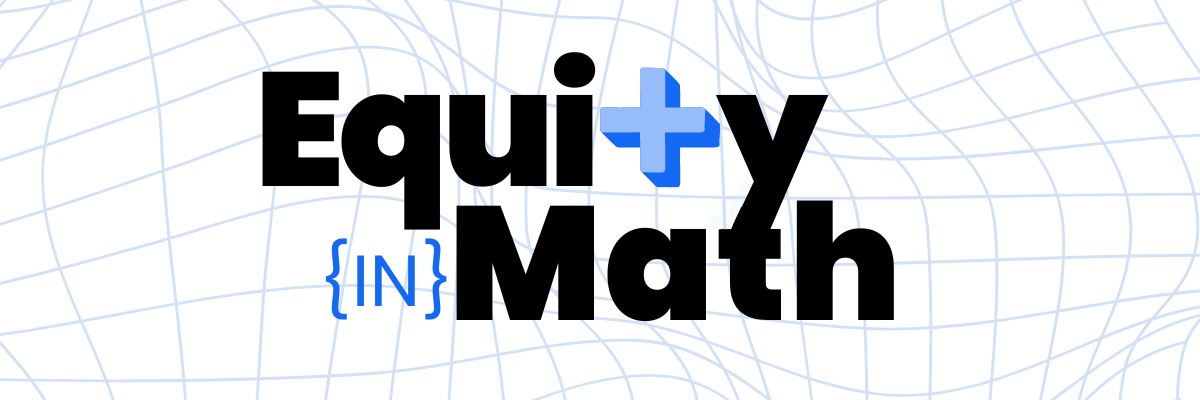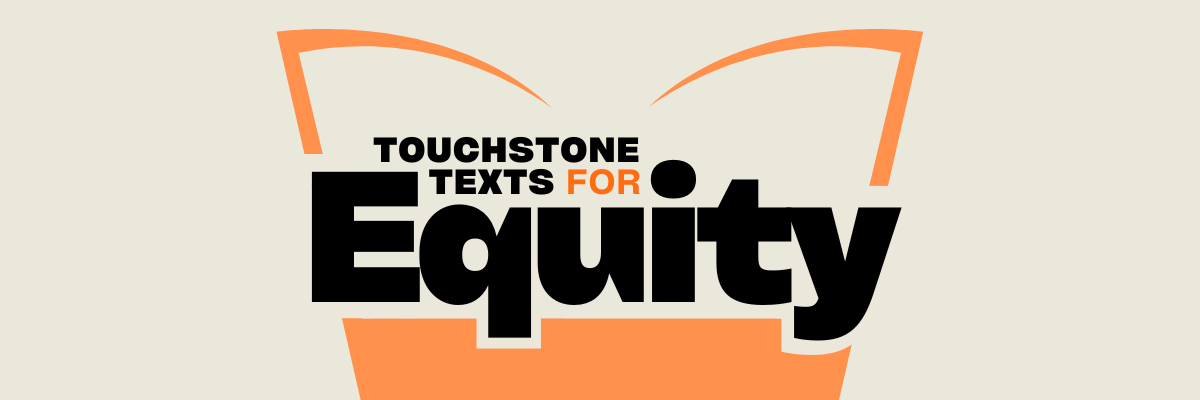|
Connect the dots between larger goals and the specific needs of your students.
As an instructional coach and elementary specialist for CPET, much of my work with elementary schools has involved helping teachers unpack and make sense of the chosen, school-wide pre-packaged curricula they’re asked to work with — a curricula that is designed by professionals to meet grade level and subject requirements, and includes most, if not all of the materials needed to teach. I often facilitate workshops and professional development sessions, introduce teachers to the curricula and its components, as well as engage in classroom visits and critical reflection conversations with individual teachers to support the implementation of the curricula.
While the curricula is packaged, there’s often a surprising amount of tweaking and adapting involved to make sure the curricula fits the school calendar, the style of the teacher, and most importantly, that it meets the needs and interests of all students. This can be a daunting and challenging task for educators. How can you make sense of and revise curricula to meet the needs, goals, and interests of your students?
Identifying your goals
One of the biggest challenges I see when it comes to the adoption and adaptation of packaged curricula is just the magnitude and density of it all. There are often many components, books, inserts, handouts, and templates, and this can make it difficult for teachers to even know where to begin. They often express feelings of overwhelm or lack of time or opportunity to make sense of and collaboratively plan with the curricula. Because packaged curricula often includes all of the individual lessons, with varying levels of detail and information, teachers often fall into the trap of teaching lesson to lesson and relying on the teacher manuals to drive their day-to-day instruction. But this can result in losing sight of the larger goals and what these lessons are in service of. Essentially, teachers can start to become the mouthpiece of a script. I recently began to work with a school that had just adopted a new curricula for reading. After using a program for a number of years, many teachers were unsure and rather uneasy about this transition. After meeting with leadership and discussing their needs, my goals as the instructional coach were to:
In support of these goals, it was my intention to facilitate a number of workshops with the teachers to first and foremost ease their anxieties, answer questions, and cater to their varying levels of familiarity and comfort with the curricula. From there, we worked together to unpack the curricula in a meaningful and productive way, the specifics of which I will share with you, as I believe they can be helpful when it comes to adopting and adapting any new curricula.
Starting with the end in mind
In order to know where you’re going and how you are going to get there, you need to understand the larger goals and objectives of a curriculum, the driving questions, and the final tasks or assessments. To do this, I would suggest starting with the end in mind. Most curricula I’ve seen offer a unit overview or summaries that are often found at the front. Taking the time to read or skim these overviews can be a helpful starting place. With the teachers I worked with, each grade level engaged in jigsaw readings, where one teacher took on a portion of text from the overviews and underlined and annotated, made comments in the margins, and then shared their thinking, questions and interpretations. From there, we examined the culminating assessment, asking questions such as:
This exercise was intended to not only understand the assessment as it’s suggested, but more importantly, to provide a lens through which to recognize opportunities for revision, including scaffolding or extending the task, and then consider the implications for instruction. No curricula can take into account the needs and interests of all students, so it is up to teachers to revise and adapt the curricula with their students in mind. Lastly, we considered the necessary materials, resources, rituals, and routines that would be needed in order to implement the units successfully:
With this larger, more robust understanding of the curricula, teachers can more effectively navigate their curricula and instruction and move away from feeling bound to a script.
Pushing into the pacing calendar
Most often, pre-packaged curriculum includes a pacing calendar, sometimes called a scope and sequence. This calendar offers a snapshot for instruction, including when particular units, (also known as modules or bends) should be implemented, and for how long. These calendars can be helpful when thinking about a school year at large — where you’re going, and how long it’s going to take you to get there. In my experience, the suggested pacing calendars often need to be changed or revised to take into account breaks, testing, and school events. Perhaps more importantly, the pacing calendars need to be adjusted based on teachers’ understanding of the larger goals, objectives, and assessments. With my teachers, we compared the suggested pacing calendar to their school calendar and grade-specific calendars, asking questions such as:
Asking these questions supported teachers in taking action to make adjustments. Having a larger calendar for instruction can make things feel more manageable.
Identifying the structure of instruction
In my experience, most packaged curricula have a consistent structure and organization, and even specific rituals and routines that define the units and individual lessons. Looking across the lessons and identifying these structures can be very helpful for teachers. Examples include rituals and routines like turn and talks, reflective writing, stop and jots, or structures such as progressive scaffolding. The adopted curricula of this particular school was organized around the workshop model, starting with a connection which led to a mini-lesson, an opportunity for student practice, and then culminated with a share out and reflection of the learning. I supported teachers in understanding and unpacking these various components and their purpose and then modeled a few of the lessons for them. To facilitate this, we used a template to plan one or two of the lessons, adopting what we liked, and taking out what we felt wasn’t necessary. We revised anything necessary, based on our larger understanding of the goals of the lesson and what teachers thought would be most relevant and important to students. Lastly, we worked to revise the lesson to ensure it reflected their voice and their style, fostering a sense of authenticity and ingenuity that supports relationship-building with students. By identifying and understanding the key structures, rituals, and routines of a curriculum, teachers can move through the lessons with more clarity and confidence.
Implementing packaged curricula takes a great deal of patience, persistence, and flexibility. We know that no curriculum can be implemented as it’s written if it is going to meet the needs and goals of a particular school community. We have to work strategically, creatively, and collaboratively with our peers to examine the curricula, consider aspects we can and should implement, and what needs to be revised, replaced, or even eliminated.
Are you adapting curricula in your classroom or community? Get in touch with me to receive support throughout the daunting — but doable! — process. |
|
The Center for Professional Education of Teachers (CPET) at Teachers College, Columbia University is committed to making excellent and equitable education accessible worldwide. CPET unites theory and practice to promote transformational change. We design innovative projects, cultivate sustainable partnerships, and conduct research through direct and online services to youth and educators. Grounded in adult learning theories, our six core principles structure our customized approach and expand the capacities of educators around the world.
|
ABOUT US
525 West 120th Street, Box 182 New York, NY 10027 416 Zankel Ph: (212) 678-3161 [email protected] Our Team Career Opportunities |
RESOURCES
Professional Articles Ready-to-Use Resources Teaching Today Podcast Upcoming PD Opportunities |
COACHING SERVICES
Custom Coaching Global Learning Alliance Literacy Unbound New Teacher Network Student Press Initiative |


























